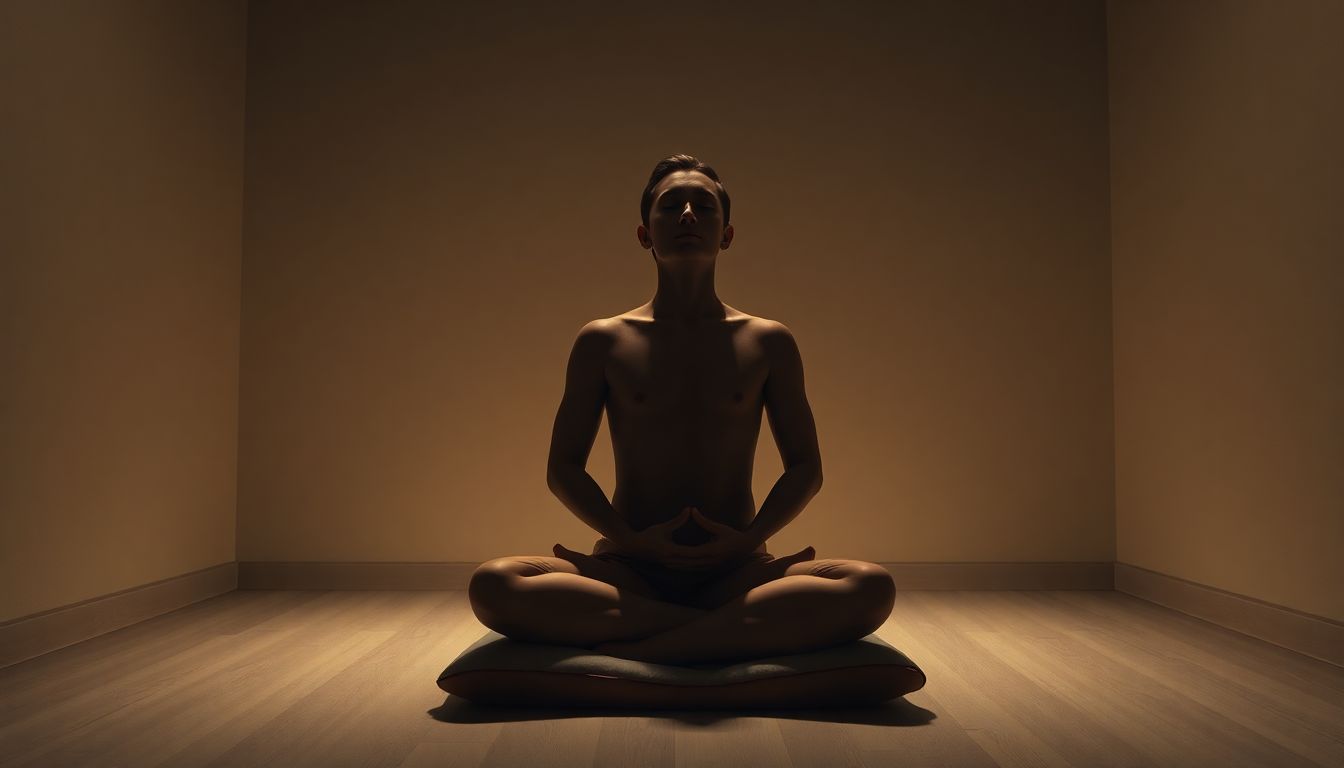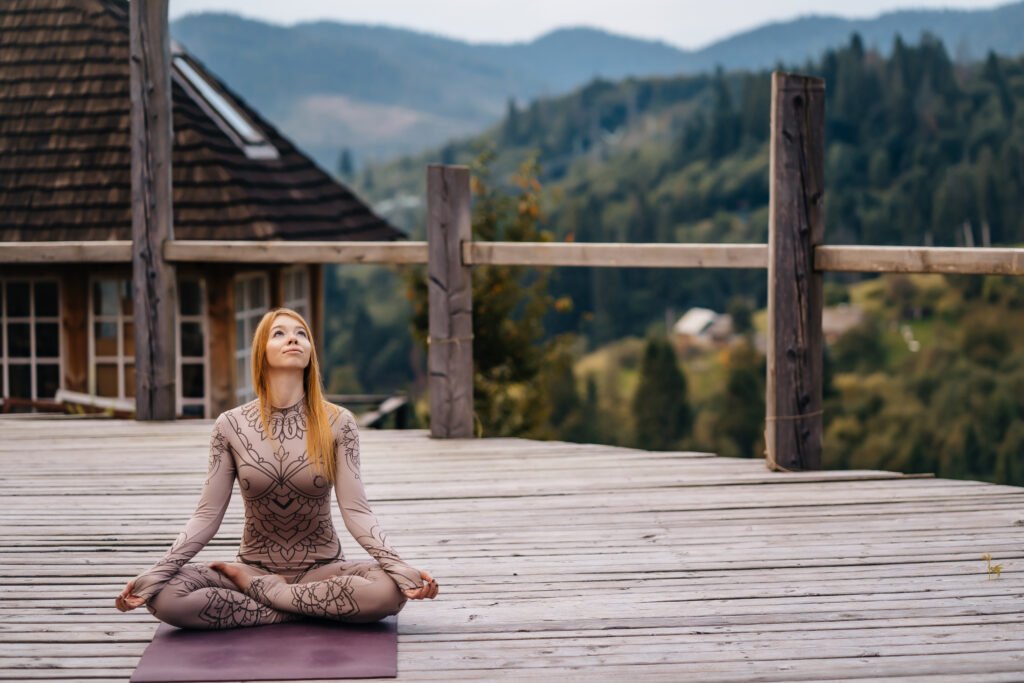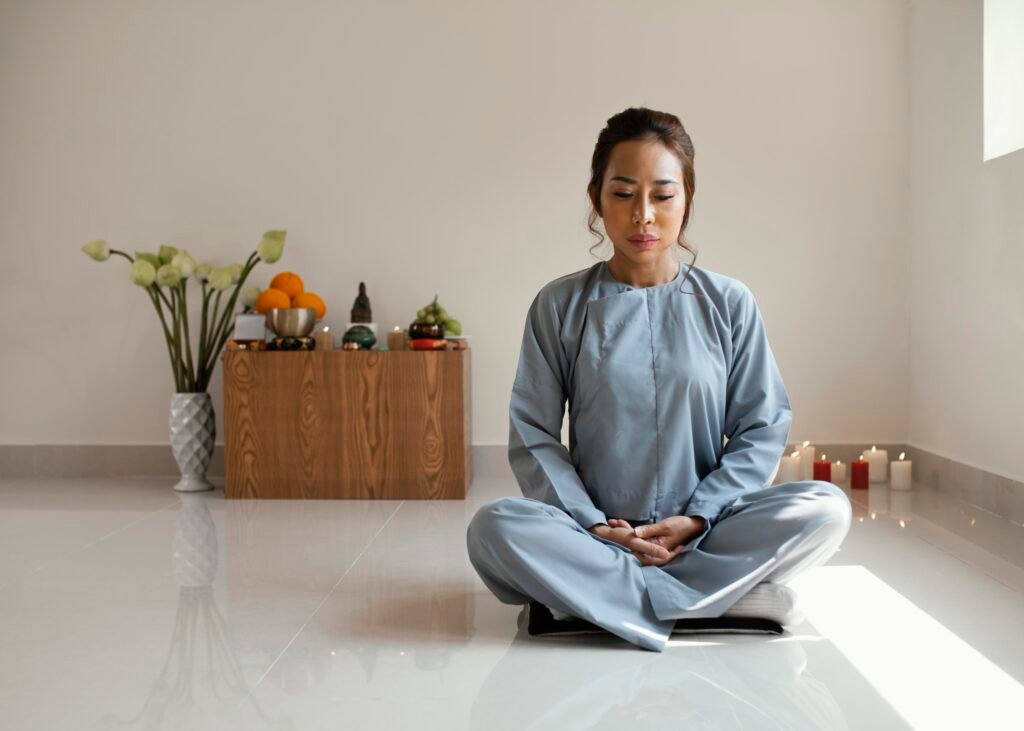Meditation techniques have been shown to reduce stress by up to 40% and improve focus significantly. It’s more than just a relaxation method; it’s a way to understand your mind. This article aims to provide you with a practical guide to help you effectively practice.

Finding Your Perfect Meditation Style
Different Types of Meditation
There are many techniques, each offering unique benefits:
- Mindfulness Meditation: Focuses on being present in the moment. Great for beginners.
- Transcendental Meditation: Involves silently repeating a mantra. Suitable for those seeking deep relaxation.
- Guided Imagery: Uses visualizations to promote relaxation. Ideal for creative thinkers.
When selecting a style, consider these factors:
When selecting a meditation style, consider these factors:
- Personality: Some prefer silence, while others thrive with guidance.
- Goals: Are you looking for stress relief or spiritual growth?
- Experience Level: Beginners might benefit from guided sessions.
To find your fit, take a short quiz based on your preferences and choices.
Experimentation and Personalization
Finding the right style may take time. Experiment with different methods and adapt them to suit your needs. Personalizing your approach enhances your experience.
Creating your ideal environment is essential for practice. Here are a few tips:
Setting the Stage
A comfortable and quiet space is essential for meditation. Here are a few tips:
- Lighting: Soft, natural light works wonders.
- Temperature: Keep the room at a comfortable level.
- Scent: Use calming scents like lavender to enhance relaxation.
Minimizing Distractions
Address both external and internal distractions. Consider these strategies:
- Use noise-canceling headphones.
- Focus on your breath to manage wandering thoughts.
- Create a calming playlist if you prefer background sounds.

Utilizing Technology
Several apps can enhance your practice. Some reputable options include:
- Headspace: Good for beginners.
- Calm: Offers a variety of meditation styles.
- Insight Timer: Features a large library of guided meditations.
Mastering the Mechanics of Meditation

Finding the Right Posture
Choosing a comfortable posture is vital. Consider these options:
- Seated: Sit cross-legged or in a chair with feet flat.
- Lying Down: Useful for relaxation, but it may lead to sleep.
Align your body for comfort and awareness.
Focusing Your Attention
You can focus on various points:
- Breath: Inhale deeply and notice the flow of air.
- Sounds: Listen to ambient noises around you.
- Sensations: Be aware of how your body feels.
Handling Distractions During Meditation
Acknowledge distractions without judgment. As mindfulness expert Jon Kabat-Zinn says, “You can’t stop the waves, but you can learn to surf.” Redirect your thoughts gently toward your chosen focus.
Cultivating a Consistent Meditation Practice

Starting Small and Building Gradually
Commit to starting with just 5-10 minutes daily. Gradually increase this time as you become more comfortable. Consistency is more important than duration.
Incorporating Meditation into Daily Life
Here are some practical ways to weave practice into your routines:
- Meditate each morning before breakfast.
- Take a few minutes during your lunch break for mindfulness.
- Practice short sessions during your commute.
Overcoming Challenges and Maintaining Motivation
Challenges like time constraints and restlessness are common. Here’s how to overcome these:
- Use timers to ensure you stick to your schedule.
- Remind yourself of meditation’s long-term benefits, like reduced anxiety and improved focus.
Reap the Rewards: Benefits of a Regular Meditation Practice
Stress Reduction and Emotional Regulation
This practice lowers stress hormones like cortisol, benefiting your emotional health. Research indicates regular practitioners often experience less anxiety and a better mood.
Improved Focus and Concentration
Practitioners report increased attention spans. Studies show consistent engagement significantly enhances cognitive function.
Enhanced Self-Awareness and Mental Clarity
This practice fosters self-awareness and promotes better decision-making. As a teacher states, “When you look deeply into something, you see how it is connected to everything else.”
Conclusion: Embrace the Journey to Inner Peace
Practicing can transform your life. Remember, finding the right method, creating the ideal space, and practicing regularly are crucial. Start today, and be patient—your journey to inner peace awaits.

